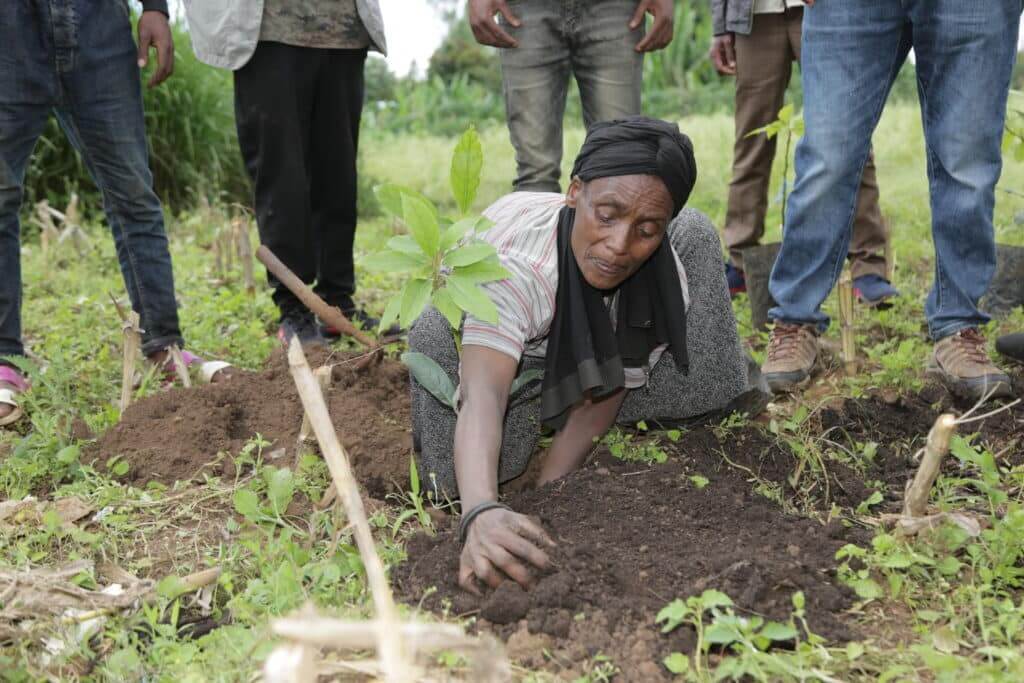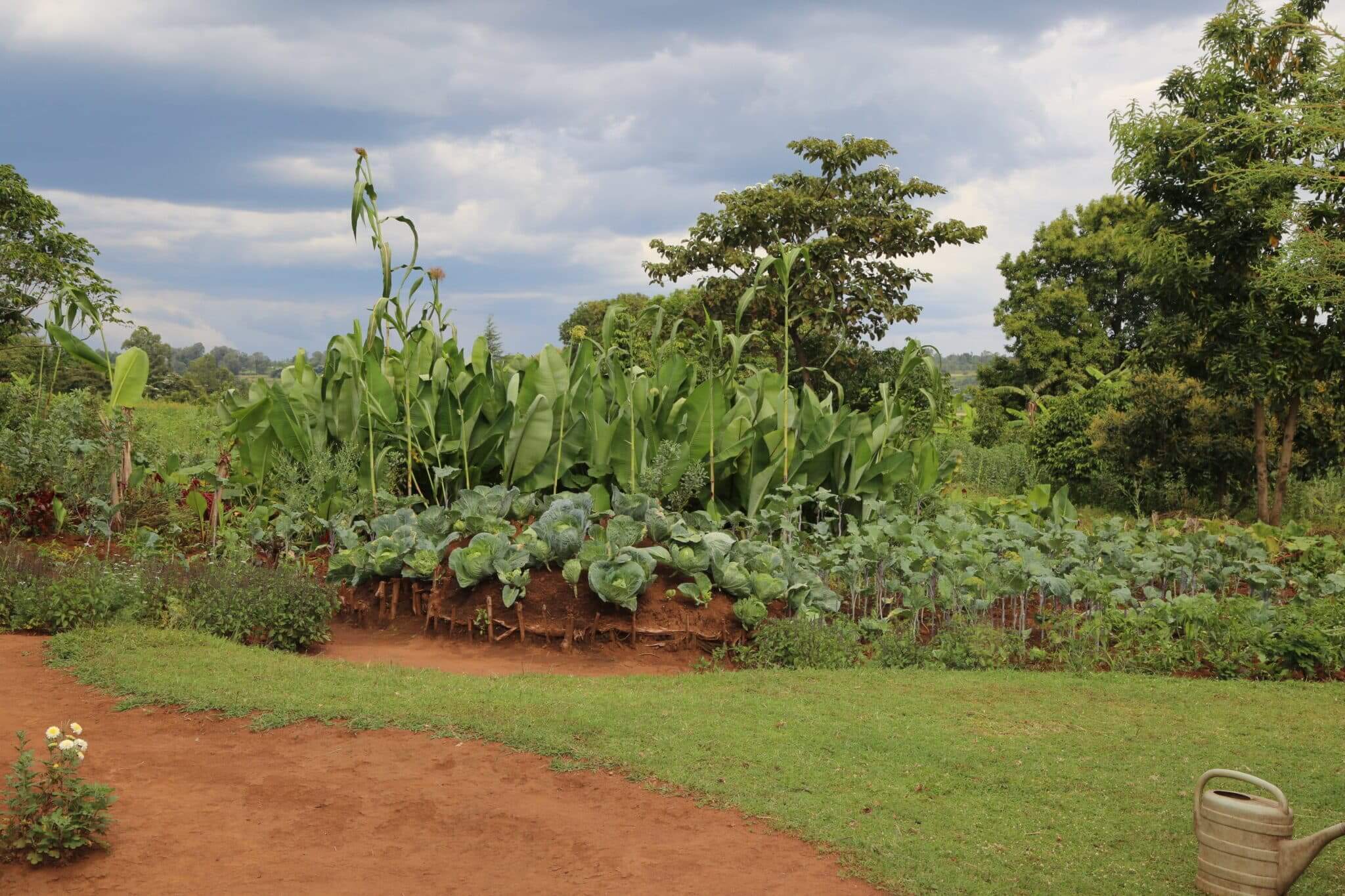If you ever had need of a greenwashing posterchild, carbon offsetting would surely be it.
Opaque, complex, and always happening a very long way away, offsetting has been mired in controversy since its inception way back in the 1970s.
Often unregulated and usually operating thousands of miles from the buyer, offsetting activities are numerous and varied. They could be projects to improve cooking technology in developing nations for example, or to drive new renewable energy solutions.
Most of us think of forestry and tree planting though, which seems pretty straightforward. Until it’s not. Some projects have led to mass evictions, the abandonment of saplings to die if they were even planted in the first place, and huge issues in ecosystems where non-native species have been hastily introduced.
And yet most of us had perhaps also thought that with recent improvements in traceability and accountability, the wild west days were behind us. Then came the fake forests scandal.
Dead wood
A now infamous investigation for the Guardian, Germany’s Die Zeit and non-profit journalism organisation SourceMaterial, recently reported that more than 90 per cent of the rainforest offset carbon credits operated and verified by the world’s leading carbon standard, Verra, show no benefit to climate.
These are the credits bought up by some of the world’s biggest brands, presumably with some of the biggest due diligence budgets, too. And yet their claims of carbon neutrality have now been seriously called into question thanks to credits that don’t represent real carbon reductions.
Verra, as you can imagine, strongly disputes the claims and questions the methodology used in the investigation. But if uber organisations like Disney, Gucci and Shell are falling foul of even a few ‘phantom credits’, how can the rest of us find offsetting solutions worth supporting, even championing as we try to save the planet for real?
The good news is that there are robust, reliable sources when it comes to the first step – working out our carbon emissions in the first place – including the UN’s 2030calculator.com. Unfortunately, remarkably few discussions around offsetting acknowledge the fundamental second step before trotting on – permanently reducing emissions in real terms.
The UN’s Environment Programme (UNEP) warns that even implementing the fanfare of COP26 pledges is delivering a reduction in carbon and other greenhouse gases of less than one per cent It needs to be 45 per cent.
“Carbon credits aren’t a solution to climate change,” acknowledges Chris White, head of Natural Capital at Exeter-based Oxygen Conservation. “But they can be a necessary part of dealing with unavoidable emissions.”
For starters, don’t buy cheap credits, he warns. “If the price sounds too good to be true it probably is. Make sure the credits benefit biodiversity too. And be careful with ‘avoidance’ credits, where you essentially pay someone not to cut down a forest.

“Try to build long term relationship with specific suppliers not one-off transactions. That way you can understand who’s involved and what they’re doing.”
One example of this approach is a pilot agroforestry project run by the charity Ripple Effect – formerly Send a Cow – in the Wolaita region of southern Ethiopia, part funded by organic veg box company Riverford.
Real trees, real people
Straightening up after planting the latest sapling in a location carefully chosen to support the holistic management of her expertly-tended smallholding on the edge of the Rift Valley, Fanaye Felha explains that tree planting provides three benefits, each of equal importance to her.
“Being part of this project means I can feed my family nutritious food and can sell produce for a good price to fund their education,” she explains, watched by two of her three sons – one already a teacher. “But it also helps with the problem of climate. We have to try to do something.”

It’s a sentiment echoed by every farmer we spoke to. The rainy seasons they rely on to make this area so fertile and vibrant that trees grow at two or three times the rate of those in the UK, are being ravaged as the earth warms.
“In this project the participants are planting avocado and apple,” explains Mesfin Zenebe of Ripple Effect, Ethiopia. “Many people are surprised by that, especially the apples. But we know they grow very well, have good nutritional value and that producing such exotic fruits means the farmers can sell them for a premium.”
Funded by organisations including Riverford, the charity provides saplings, training and ongoing support around tree establishment and maintenance on smallholdings for three years. Working via a pyramid of local community groups and leaders to deliver a strong local support network, the project specifically targets the most disadvantaged in society – those previously living, in at least one case, on only 25 cents a month – to drive change from the ground up. Literally.
That’s the most important bit, especially when it comes to trees. Sustainable success in every sense has to benefit the local community and its economy as well as the ecosystem. Otherwise, those fragile young trees (whips) simply won’t survive such pressures.
It is worth noting that the carbon units generated by all the tree planting aren’t owned by the farmers; they’re used instead to fund the project itself. Though a pilot scheme, there seems to be no plans to change that. Which prompts some of the same questions over revenue and rights that have undermined many other offsetting projects.
Done right, carbon offsetting can clearly connect, protect and empower people and places all over the world. But done wrong, we’ll only get more fake forests. And we’ve run out of time for that.












It would be interesting to hear more about how the community intends to gain control of their resources from the organisation that runs the offsetting scheme. Presumably there is no legal redress or right for the farmers. Surely there should be a farmers co-operative involved?
Hi Adam – I am the Regional Farm Systems & Sustainability Coordinator for Ripple Effect so please let me clarify.
As with all carbon offset schemes, the carbon credits go to the funder, in this case Riverford. The trees are owned by the farmers, planted around their own land. However, they commit to keeping them healthy for at least the lifetime of the project.
Let me also note that this project is Intergrated into broader livelihood interventions in this community by Ripple Effect, including sustainable livestock, nutrition trainings, crop production, soil fertility trainings, enterprise support and now fruit tree planting. We believe this is unique because the trees are assorted fruit trees, integrated into existing smallholder farms without much shift from original farm set up. Farm families gain not only the local environmental benefits but the produce as well: the nutritional benefit (very important for these communities), and income from selling the surplus. (An average of around 15 trees are planted per farm, but a family can usually only consume the produce from 3 avocado trees and 3 apple trees per season). With much fruit produce, the project will still support value addition and marketing. When a family plants 15 fruit trees within his farm, where he will harvest his own fruit does not in any way mean resources have been taken away from the family.
You ask about famers cooperatives. We work with the established local structures of Self Help Groups and CLAs(Cluster Level Associations), which will continue to work with the local development association after Ripple Effect leaves. CLAs are an equivalent of farmer cooperatives/associations and therefore they are actively involved in the project.
As an NGO we are strongly committed to making this project work for the community. The development association and CLAs will report progress and any concerns to us. This is our first carbon project and as we learn from the communities, our team and our partners, we may adapt the project structure for future projects. However, we will not adopt the usual single focused tree planting approach. Our focus is improving livelihoods for communities we work with, regenerating the environment and contributing to protecting the planet.
Thanks for the overview. Since Ripple Effect is a charity, you have a head start but obviously there are a lot of war stories out there regarding rural development. I’m afraid I don’t know anything about Kenyan law or even if it is based on British law via Commonwealth membership, so I wouldn’t know if the Cluster Level Associations you mention are as strongly stakeholder-oriented as a UK co-operative would be. Commercial interests can scupper any decent strategy when there is money involved. Finger crossed that this goes well and becomes a beacon for how to do it.
Thanks Adam. Please drop me any question if you have and I will be glad to clarify, because this is not the usual approach to agroforestry-based carbon offsetting. So it requires a little bit of explaining of its approach.